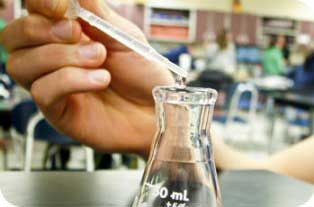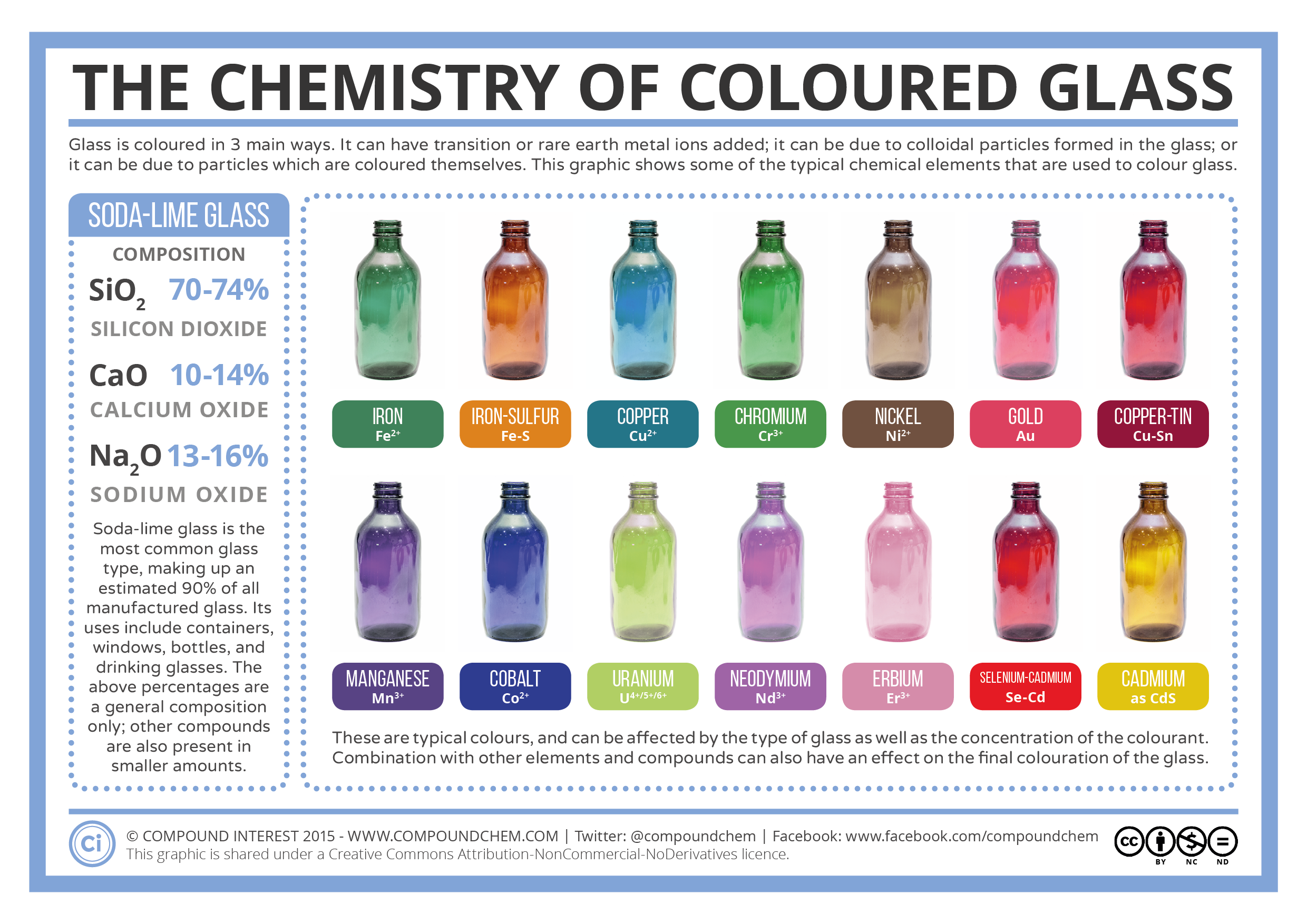 Writer: Umer Aslam
Writer: Umer Aslam
Hello dear readers, hope you will be fine. It is my first article on Chemistry.Com.Pk. I saw many chemistry students are unable to find accurate methods of soil and plant analysis methods (for Nitrogen, Phosphorus and Potassium) during their BS or M.Phil research period. Here are the complete authentic methods for determination of N, P, K in soil and plant samples (grain, leave, shoot/stem). These analytical methods were taken from my M.Phil thesis and part of my research (so, all of you can adopt these methods in your academic research without any issue of the authenticity of the methods).
Plant Analysis
Nitrogen, phosphorus and potassium were determined after wet digestion of plant samples (grains and shoot) according to the method of Wolf (1982).
Wet Digestion: Wolf (1982)
In digestion tube, 0.05 g plant sample (grains, shoot) was taken and 1 ml concentrated H2SO4was added. The sample was kept overnight and then digested for 30 minutes at 300Co. After digestion, 1ml H2O2 was added for the transparency of the material. Then, 11 ml of D.I. water was added in extract. This extract was used in nitrogen, phosphorus and potassium analysis for grains and shoot samples of wheat.
Plant nitrogen (%)
Nitrogen content in plant (seed and shoot) was determined by Kjeldahl’s apparatus. Extract obtained from wet digestion was used for analyzing nitrogen content in seed and shoot sample of wheat. Five ml extract was taken in Kjeldahl flask and placed on distillation unit. Flask having extract was connected to the distillation unit after adding 10ml NaOH. Five ml of boric acid and few drops of indicator (methylene red) were added in 100 ml flask. Conical flask was removed when distillate was 40ml to 50ml in volume. Then, content of the conical flask was treated with 0.01N standard H2SO4 till pink end point achieved.
Plant phosphorus (%)
Phosphorus content in plant was determined by Olsen’s method of phosphorus determination. One ml extract was used in test tube. According to Olsen’s method, Reagent R1 was prepared by adding 42ml H2SO4 in 100ml chilled distilled water in volumetric flask of 250ml. Then, the mixture was shaken after the addition of 4.3g Ammonium heptamolybedate. Reagent (R2) was prepared by taking 1.75g polyvinyl alcohol (PVA) in 1 liter beaker, and heated with 200ml of de-ionized water at 80oC and stirred with a glass rod. After cooling this mixture, 0.175g malachite green was added. Reagent 1 (R1) was added and kept for 10 minutes. Then, Reagent 2 (R2) was added and left for 30 minutes. Bluish green color was appeared in the extract as phosphorus was present in it. Spectrophotometer (HITACHI U-2000) at 610nm wavelength was used to detect the phosphorus content present in the extract (seed and shoot) of wheat.
Plant potassium (%)
After the wet digestion of plant samples (grains and shoot) according to the method of Wolf (1982), potassium was determined after the extraction by ammonium acetate (1 N of pH 7.0). Potassium content in seed and shoot samples were determined by using Jenway PFP-7 flame photometer (Method 11a, U. S. Salinity Lab. Staff, 1954).
Soil Analysis
Soil texture
Fifty gram soil was taken and 1% sodium hexameta phosphate of 40ml volume was added in it. Then, 250ml of de-ionized (D.I) water was added and the solution was taken in graduated cylinder, filled up to the mark and analyzed by hydrometer, and textural class was determined according to soil textural triangle (Moodie et al., 1959).
pH of saturated soil paste (pHs)
Saturated soil paste was prepared by taking 250 gram soil and addition of D.I water till soil becomes saturated. This soil saturated paste was used to determine the pHS (pH of saturated soil paste) by using digital pH meter (Method 21a, U. S. Salinity Lab. Staff, 1954).
Electrical Conductivity (ECe)
Soil extract was prepared by taking 250 gram soil and mixed it with D.I water to get soil solution. This soil solution was filtered with Whatman’s filter paper. Filtrate was used in ECe determination by using EC meter (U. S. Salinity Lab. Staff, 1954).
Total nitrogen (%)
In digestion tube 0.1 g soil was taken and 1 ml concentrated H2SO4was added. It was kept overnight and then digested for 30 minutes at 300Co.After digestion, 1ml H2O2 was added for the transparency of the material. Then, 11 ml of D.I. water was added in extract. This extract was used in total nitrogen determination. Extract was used in Kjeldahl apparatus method for determining total nitrogen % in soil sample. Five ml extract was taken in Kjeldahl flask as placed it on distillation unit. Flask having extract was connected to the distillation unit after adding 10ml NaOH. Five ml of boric acid and few drops of indicator (methylene red) were added in 100ml flask. Conical flask was removed when distillate was 40ml to 50ml in volume. Then, content of the conical flask was treated with 0.01N standard H2SO4 till pink end point (Jackson, 1962).
Available phosphorus (mg kg-1)
In digestion tube 0.1 g soil was taken and 1 ml concentrated H2SO4was added. It was kept overnight and digested for 30 minutes at 300Co.After digestion, 1ml H2O2 was added for the transparency. Then, 11 ml of D.I. water was added in the extract. This extract was used in determination of available phosphorus. According to Olsen’s method, Reagent R1 was prepared by adding 42ml H2SO4 in 100ml chilled distilled water in volumetric flask of 250ml. Then, the mixture was shaken after the addition of 4.3g Ammonium heptamolybedate. Reagent (R2) was prepared by taking 1.75g polyvinyl alcohol (PVA) in 1 liter beaker, and heated with 200ml of de-ionized water at 80oC and stirred with a glass rod. After cooling this mixture, 0.175g malachite green was added. Reagent 1 (R1) was added and kept for 10 minutes. Then, Reagent 2 (R2) was added and left for 30 minutes. Bluish green color was appeared in the extract as phosphorus was present in it. Spectrophotometer (HITACHI U-2000) at 610nm wavelength was used to detect the available phosphorus in soil (Watanable and Olsen, 1965).
Extractable Potassium (mg kg-1)
Extraction was done by ammonium acetate (1 N of pH 7.0) and potassium was determined by using Jenway PFP-7 flame photometer (Method 11a, U. S. Salinity Lab. Staff, 1954).
References
- Jackson, M. L. 1962. Soil chemical analysis. Prentice Hall. Englewood Cliffs, New York, U.S.A.
- Moodie, C. D., H. W. Smith and R. A. McCreery. 1959. Laboratory manual for soil fertility. Department of Agronomy, State College of Washington Pullman, Washington. U.S.A. 1-75.
- U. S. Salinity Lab. Staff. 1954. Diagnosis and improvement of saline and alkali soils. USDA Hand Book No. 60. Washington. D.C., U.S.A. 160.
- Watanabe, F. S. and S. R. Olsen. 1965. Test of an aerobic acid method for determination of phosphorus in water and NaHCO3 extracts. Soil Sci. Soc. Am. Proc. 29:677-678.
- Wolf, B. 1982. The comprehensive system of leaf analysis and its use for diagnosing crop nutrient status. Commun. Soil Sci. Plant Analysis. 3: 1035-1059.
